|
( NOTE: Pasquale “Pat” Pollio was my Uncle who was loved dearly by all of our family. This article, however, focuses mostly upon his self-education, expanding of the farming business and his contributions, generosity, and service to the Fairfield Community. ‘Uncle Pat’ left us 25 years ago, yet he is still well remembered today and honored with the Municipal Headquarters Firehouse being named in his memory ). **** Pasquale was born in Jersey City NJ in 1914 and eventually helped his father Dominic start up a family farm in Moonachie NJ. With three NJ/NY Hudson River crossings opening between 1927 and 1937 and many northern NJ highway improvements, property values in Bergen and Hudson Counties rose significantly. By 1940 it was time to sell to the industrial developers and the Pollio Family looked for a larger farm further west, yet still close enough to New York City to deliver freshly harvested vegetables the same day. A great opportunity to buy an established farm in Caldwell Township ( Fairfield ) occurred when an elderly John Wisnewski could no longer manage his 18 acre farm and partially constructed farmhouse. Pat bought the Wisnewski property and moved into the farmhouse with his Father, Mother ( Mary De Gennaro ), two Sisters ( Agnes and Felicia ) and younger Brother ( Peter- my Father ). Indoor plumbing was the first priority. After many years of inattention, the old Wisnewski farm buildings required immediate repair or replacement. In addition, many other improvements were necessary ( irrigation system, heated greenhouse, and a road stand for Route 6 retail sales ). Daily harvesting for market was the obvious income priority, so repairs and improvements were made whenever time allowed, often late into the evening. Generally, Farmers are ‘jacks-of-all-trades’ out of fiscal necessity : Carpenter, Plumber, Electrician, Mason, Glazer, Auto Mechanic, and equipment repairman. The only things I can recall that Pat and Pete couldn’t do was sheet metal duct work and welding. This was mostly because they didn’t have the necessary equipment. They were good at it too, the ‘master of none’ seldom applied. World War II didn’t make anything easier with extensive regulations on tractor purchases, tires, gasoline rationing, price controls, and labor shortages ( Farm Owners were typically exempt from military induction, but farm workers often joined the war effort creating the shortage of labor ). The good news was that war time crop prices were generally very good, but after the war prices were likely to fall sharply. Sisters Agnes and Felicia both worked on the farm until they were hired by the nearby Curtiss- Wright Propeller Division. Pat and Pete also worked at Curtiss-Wright grinding propeller blades late at night during the war. In 1943 Pat joined the Fairfield Fire Department, and also opened the new farm stand at #170 Fairfield Road ( NJ Route 6 ). The farm stand attracted many customers from around town and ‘passers by’ on the townships main ‘highway’. One such customer was Marie Careri who was staying with her Uncle and Aunt nearby recovering from a horse riding fall. Soon after, Marie and Pat became engaged and were married in 1946. Pat showing off turkey (L) Marie and Pat married in 1946 (C), Pete and Pat (R) posing by the farm truck that they brought to Fairfield from their Moonachie Farm. WWII provided a well needed boost to NJ farm income and productivity increased with new technologies ( tractors, mechanical implements, new plant varieties, better Irrigation techniques, as well as numerous new pesticides and herbicides ). Pat was always fascinated with new ways of improving things. He read every agricultural farm bulletin, trade magazine, and Rutgers Extension Service Newsletter cover to cover. At the time, they all warned that world peace would likely ruin the booming farm economy. Plans had to be made to minimize the impact of this inevitable outcome. Road Stand business was growing :- ) :- ) and suburbanization was increasing demand for Spring flowers, annuals, perennials, bedding plants, hardy chrysanthemums, roses, and pansies. Local retail sales would help a little, but wholesale sales to nurseries, large NY/NJ Distributors, and resellers could potentially offset lower vegetable prices in a major way. This additional business would require extensive horticultural education, and development of an entirely new customer base. Many resources were available through the State and Counties and Pat and Pete jumped into the venture as part of a longer term survival strategy. Marie and Pat bought a home 2 miles from the Farm on the corner of Colt Street and Glen Avenue in Fairfield. After Mother Mary passed away it made more sense for Marie and Pat to move to the Fairfield Road Farmhouse, with Agnes and Felecia ( no longer working on the Farm ) moving to the Colt Street home. A daughter was born ( Mary ) and Pete was getting serious with my Mother Carolyn Collerd ( a Van Ness descendent ). They soon married and rented a home off Pier Lane. Marie cared for young daughter Mary, helped with the Route 6 farm stand, and managed the bookkeeping. Pat was taking on more responsibility with the Fire Department and aided in the purchase of the Departments first ‘Pumper’ Fire Truck. Farms in New Jersey were in decline mostly because of rapid development around the major Cities along with their associated infrastructure. An average of 700 farms were closing per year after Farmers quit farming, and in a sense, became land speculators. Pat and Pete, however, were eager to expand their acreage and bought 20 acres north of a newly established right-of- way for Route 46 West ( immediately east of the Horseneck Road overpass ). With U.S. Route 46 bypassing N.J. Route 6, a new retail road stand on U.S. 46 was planned. Chief Pasquale Pollio ‘Caldwell Township’ ( Fairfield ) Fire Chief 1952 – 1960 (L). Municipal Building Fire House (R) later upgraded and named in his honor ( 1995 ). The Plymouth Street Firehouse was dedicated the same day in honor of Chief William Freese who succeeded Chief Fred Hyatt. In early 1952 Carolyn and Pete moved to 382 Hollywood Avenue with their three children ( Martha, Patricia, and Paul ) next door to Filipow’s Country Restaurant ( later renamed the Hollywood Delicatessen ). The Farm and Flower businesses were doing well, then Christmas trees, wreaths, grave blankets, etc. were added to the workload between Thanksgiving and Christmas. Every possible opportunity to generate income was needed to support the two farm families. Pete started driving a school bus part-time for Kevah Konner in Pine Brook. The new Route 46 road stand was much larger than the previous Route 6 ( Fairfield Road ) road stand, and a modern Flower Shop with attached 100’ glass greenhouse was added after this photo was taken. After 12 years in Fairfield, Pat had already proven to be more entrepreneurial than your average local Farmer. He was also steadily building up strong business, social, and customer networks with his friendly, neighborly, and trustworthy character. Pat always sought to learn the most he could from Agricultural and Horticultural Programs offered by Bergen and Essex County Cooperative Extension Services of Rutgers University, the New Jersey Farm Bureau , and other statewide organizations . Pat was always seeking out the best methods, newest varieties, and cost reduction strategies while adapting to the changing markets. Yet another channel for networking that he effectively developed in a collateral manner. Pat was named Fire Chief in 1952 and played an instrumental role in securing a second ‘Pumper’ Fire Truck for the still mostly rural Township. When we were just young tykes, we were amazed how fast Uncle Pat could run when the fire siren blasted out a ‘morse like code’ signaling the street where the fire was reported. Of course there was only a dozen or so primary streets at the time. During the 1950’s Fairfield Farms began to disappear as industrial and residential developers were quickly buying up land along the Route 46 corridor. Prices per acre were soaring and if you could ‘hold out’ from selling for a few years, you could benefit by tens of thousands of dollars. The key words being ‘if you could’ while rising property value and taxes led to increased debt borrowed against the valuable property. “For many farmers, the burden of higher taxes, combined with eye- popping per-acre prices, was hard to ignore. Many sold out to developers.” A small benefit for our Farm then was the numerous farm auctions that allowed us to buy newer equipment at extremely low prices. Uncle Pat could never (never ever) pass up a great deal. But farm and flower income was not keeping up with increasing expenses. Only added income could keep the multi Farm operation ‘in the black.’ Our large cinder block barn was under utilized for our farming purposes , so it was decided to rent it out for a steady income stream. Donald M. Harrison ( whose ancestors settled early Newark and eventually early Caldwell ) was an engineer and highly skilled tool maker at Curtiss-Wright and Sun Dial Manufacturing. Don developed new more efficient methods of machining Plexiglas acrylic plastic used for aircraft control panels. Don rented ‘the barn’ for his new specialized ‘machine shop’ that became a highly successful business. Pat passed the Fire Chief’s baton to Fred Hyatt in 1960, but continued as an Officer in the Department’s Organization. His core of best friends were Fire Department Members : Bob Villanova, Ted Maciag, Ben Intili, Tom Guzio, Al and Ken Sisco, Ray Ozyjowski, Billy DeForest, Walt and Benny Kulick, among others. They fought fires together and socialized together. Marie was active in the Women’s Auxiliary and with Pat had a lot of fun together. Especially at cook outs that they hosted often at the farmhouse. ‘Pollio’s Greenhouses’ were gaining wide appeal to NY Area Wholesalers of spring vegetable plants and flowering annuals. More greenhouses became necessary and three were built in two years. The plastic ‘market pack’ was not available yet, so wooden ‘flats’ still needed to be fabricated and hand nailed over the winter. Very labor intensive, but a chore that could be done indoors well into the evening. Pat watering in Greenhouse #3 where you needed the agility of an alpine goat to navigate the narrow aisles while also managing the water hose. Notice the old handmade wood ‘flats’ and hand written plant stakes. The Route 46 road stand was a great idea, but it required full time attention for a modest amount of everyday business. It was actually about ten years ahead of its time, but we still used it for Easter and Christmas retail sales. The main building there became our second rental property, soon occupied by a small metal stamping company. The vegetable business was changing too with the NYC downtown 'Washington Street Market' being demolished and replaced with the new Hunts Point Market in the Bronx NY. We always preferred NYC Markets because they paid much better than Newark or Paterson, and could better handle our diverse product mix ( Riverboat Gambler Pat could plant 25 different crops, an option few Farmers had ). Contracting with a ‘Commission Merchant’ at the Market was one of the most important choices a Farmer had to make. Supply and demand can be very fickle, but for us it worked out very well. Some local Farmers like Lebeda and Wohkittel opted for set annual contracts with A&P and Gold’s Horseradish Co. It was a much safer alternative if you were not inclined towards Riverboat Gambling. Washington Street Market in the lower west side was demolished and replaced by the World Trade Center skyscrapers. These streets were usually packed with farm trucks, conveyors, pallet platform trucks, and ‘Lumpers’ looking for work unloading/loading trucks ( a luxury we could not afford ). As ‘Caldwell Township’ officially changed its name to Fairfield ( 1963 ), Pete and Carolyn now had six children ( adding Thomas, Carol, and Janet ). Residential Developers were anxious to buy our Route 46 land north of the Jersey City Water Line right-of-way, but Pat and Pete were waiting for the best possible offer. That would come a few years later resulting in dozens of residential lots on Alan Drive, Martin Place and part of Henning Drive. These were all accessed from Hollywood Avenue. In keeping with Pat’s inclination for improvement, new equipment was purchased to ‘hydro- cool’ our produce. Essentially this is submersion in ice water, but it keeps vegetables fresher much longer. Since this is a huge selling advantage, we had to brand our products. Someone jokingly said “Happy Pappy Brand” and the name stuck. Pollio Farms’ “Happy Pappy” Hydro- cooled Vegetables were one of the best brands in the Hunts Point Market. We soon bought two large modern refrigerated trucks at a Bordens Dairy auction in Newark and were now ‘state of the art’ produce marketers. In retrospect, I’m surprised we didn’t paint up the trucks with a huge graphic of a ‘Happy Pappy’ :- ) :- ) All the Pollio’s were good Roman Catholics. First at Saint Aloysius in Caldwell and later being two of Saint Thomas More’s first Parishioner Families in 1963. Pat donated much to the new Fairfield Church and served as an Usher every Sunday without fail. He saw to it that all flowers were acquired at below wholesale cost or he donated them outright. I’m sure he was rightfully proud to see his own beautifully grown poinsettias, chrysanthemums, and Easter lilies adorning the sanctuary. Snow plowing the large Church and School parking lot was another significant contribution to the Parish. "Work hard, Play hard, Pray hard." -- Racine College Warden James deKoven 1884 The last crushing blow to New Jersey Farmers came in 1964. Civil Rights and Minimum Wage Legislation eliminated a lower tier minimum wage for agricultural workers. This increased hourly labor costs 35%. There would never again be black ink on the year end ledger. Some relief came that same year with N.J. ‘farm assessment’ of properties, but not enough to offset the annual $700 per worker spike. We immediately went from three workers to two, and piecemeal farmland sales would now be necessary. Pappy was not happy, and neither were the Esposito, Francavilla, and Burghardt Families in town. For his 50th birthday Pat treated himself to a new car. A 1964 Pontiac Catalina. It’s only mentioned here because he got such a steal of a price he easily convinced Sister Felicia and Mother-in-law Carrie to buy the same car. Remember that Pat could never ever pass up a great bargain. The ‘back end’ of the ‘highway property’ was sold and we made good use of the proceeds. Pete bought his first new car ( Chysler Newport ), a clothes dryer, and two large air conditioners. How luxurious, right ? It helped that Pete was making deliveries for Alfano’s Appliances at the time. But very bad news was soon to come the following year. After years of abdominal and back pain that Doctors explained as overworking, Pete was operated upon and found to have advanced cancer. He was given three months to live but died of the surgery only three days later. Of course the whole Family was devastated with grief, but Pat took it the hardest. His Brother, Partner, and Best Friend was leaving behind Carolyn and six children. As indicated earlier, the tide had already turned on the Agricultural Business, but this loss crushed any last hope for optimism. Already the patriarch, Pat now had something to grow and nurture that he had little experience with, two Nephews aged 16 and 12. Tom and I were already working summers on the Farm. We were the next generation of Pollio Brothers who would find dozens of inadvertent ways to drive ‘Uncle Pat’ crazy. But overall, he loved us like we were his own, and ( I believe ) welcomed the challenges that came with it :- ) Pat sold the main farm and the remaining highway property when his target price was eventually met. He retained two acres for the Farmhouse, rented Barn, large garden lot and four greenhouses. Daughter Mary and Niece Martha were in college, and Niece Patricia was going to college shortly. Pretty good for Farmers Daughters in the 1960’s. Niece Martha graduating from Juniata College with Marie and Pat (L). Pat always wore the most fashionable suits in style. He must have had over a 100, even a ‘Nehru Jacket’ styled one :- ) :- ) He always looked great. Pat kept up the Easter Plant and Flower Business, Christmas Tree/Wreath/Grave Blanket Business and Industrial Snow Plowing. He never stopped attending Horticultural classes and was always willing to help others get into business or solve problems. Pat’s network of genuine Friends stretched far beyond Fairfield’s borders. “See Pat,” “Ask Pat,” “Talk to Pat” were often heard after a problem was presented. If he couldn’t solve the issue himself, he definitely knew someone who could. He didn’t have a ‘golden rolodex’..........he had several. Dale Carnegie ( ‘How to Network your way to Success’ ) could learn something from this wise sage Farmer. As popular as Pat was in this regard, he never ventured into politics. That’s not to say he wasn’t influential in and around town. I recall several Township Mayors, Councilmen, and Lawyers who sought his counsel and support. This was not your typical Fireman/ Farmer. He was not only our Family’s Uncle, he was ( in my view ) Fairfield’s Uncle. “When, when did I ever refuse an accommodation?” - Don Corleone :- ) Daughter Mary married Charles B. Tubbs in 1969 and they made Marie and Pat Grandparents in 1973 with the birth of Jason Bradford Tubbs. Jason called Pat “Pappy” because he was so obviously ‘Happy’ :- ) :- ) Son-in-law ‘Charlie’ became a Police Officer in West Caldwell and was eventually promoted to Chief in 2000. Grandson Jason with Grandpa Santa (L), Nephew Tom & Pat with his prized poinsettias (C), Marie & Pat (R) Pat and Marie enjoyed the many opportunities to socialize with Friends, Farm and Nursery Organization Annual Dinners, Fundraisers, Township Service Clubs, Church Events, etc. If there was a gap in the schedule they were likely to plug it with their own party. Once Pat booked the entire Essex Lodge Restaurant for a Venison Dinner. He butchered three deer himself ( he apprenticed as a butcher when he was a young man ) that were donated by his hunting Friends. The Lodges Chef made an outstanding venison meal served three ways complete with venison croquettes and gravy. Everything was totally Pats treat. What a feast. The many ‘fine dining’ affairs attended Marie and Pat over the years made them expert Reviewers. Name a N.J. restaurant and they could give you a comprehensive evaluation, from soup to nuts :- ) :- ) I always chuckled when someone asked either of them “Did you ever eat at_________”? If they gave you 4 out of 5 possible stars, you had one heck of a Chef and restaurant. I feel Marie and Pat’s lively social schedule kept them feeling young as they grew older. Things changed at this point. Pat was now becoming the focus of events honoring his service to his Profession and Community. A few examples include:
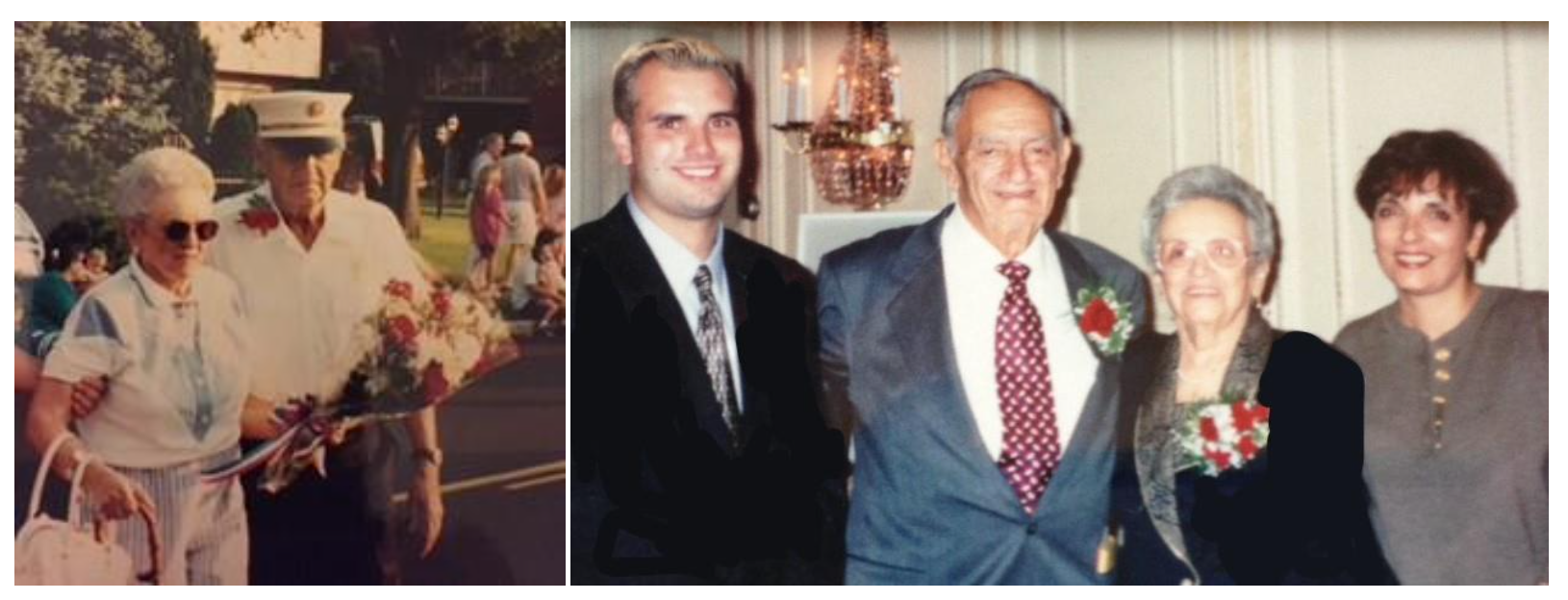 Parade Grand Marshall Pat with Marie (L). Grandson Jason and Daughter Mary with Marie and Pat (R). Jason grew up spending a good deal of time ‘on the Farm’ with ‘Pappy’ and showed an interest in landscaping. Benefiting from his Grandfathers vast knowledge and guidance, Jason eventually started his own landscaping business in Fairfield (Jason now lives in California and still works in the landscape maintenance and ornamental gardening businesses). (Sorry Uncle Pat, It’s impossible to squeeze all of your greatness into only 13 pages, but I tried my best .............’Pablo’) Pat with Grandnephew Thomas (L) Still growing squash in his garden lot (C) 80th birthday party (R) It was a sunny day in May 1995 that we paid our last respects to Uncle Pat. After his funeral mass at St. Thomas More the funeral cortege passed the Plymouth Street #2 Firehouse where his turnout gear was solemnly placed on display. The procession then passed by the Farm and then Firehouse #1 that was adorned with purple mourning fans and banners. This Firehouse would soon be named in his honor. Caldwell’s Prospect Hill Cemetery was our destination, so we needed to take Passaic Avenue across Clinton Road and Bloomfield Avenue. We stopped at Clinton Road while six West Caldwell Police cars created a safe pathway for the long procession that seemed almost endless. When we were paused there, two young men were standing on the corner and I heard one say to the other “Who died ? The Governor?” No, not the Governor young man, but someone just as special – Fairfield’s Uncle Pat.
0 Comments
Leave a Reply. |
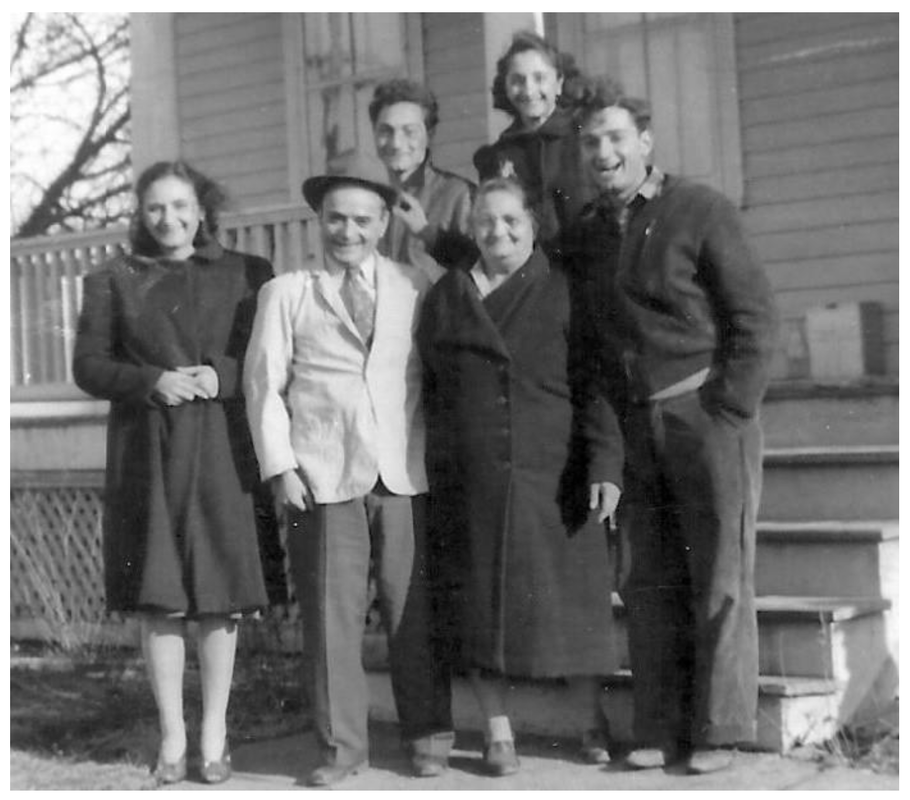
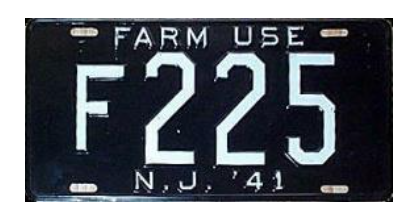
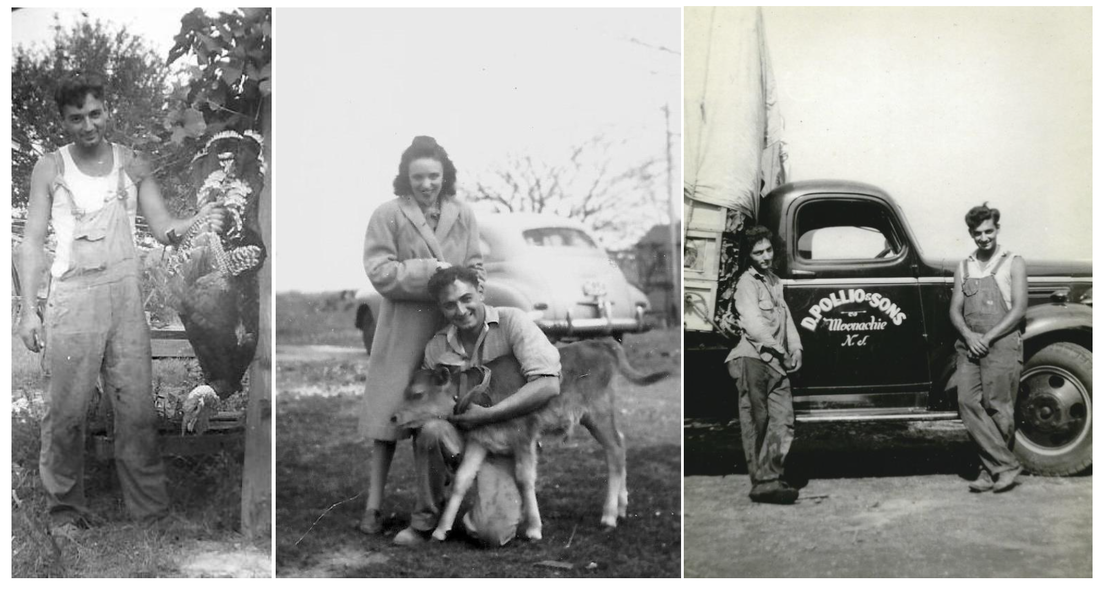

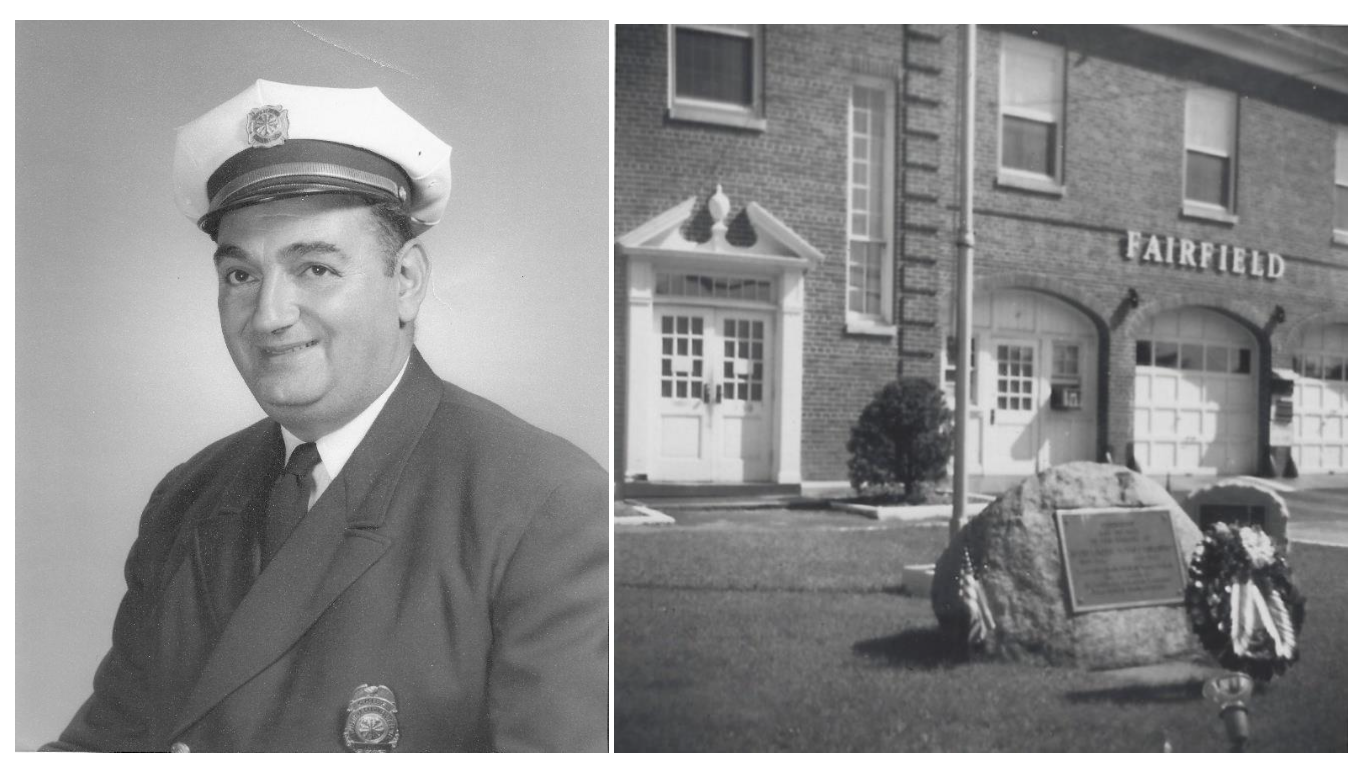
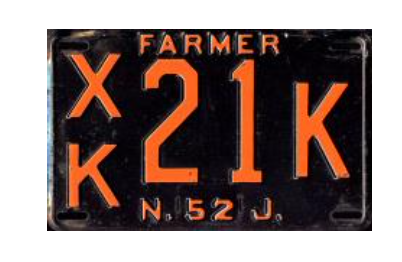
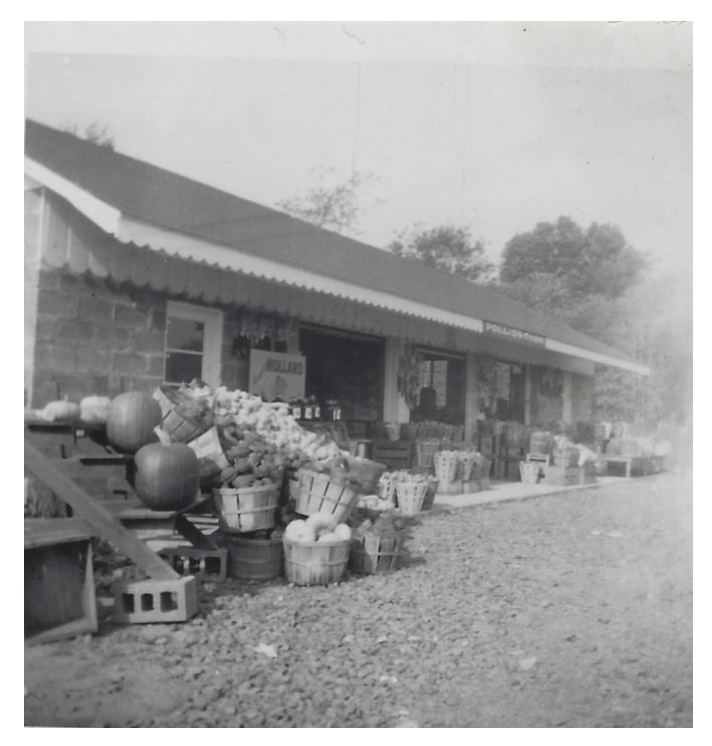
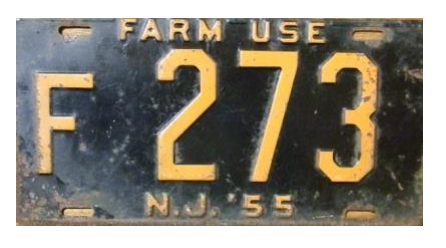
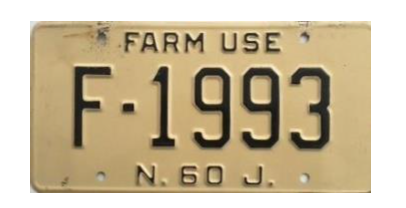
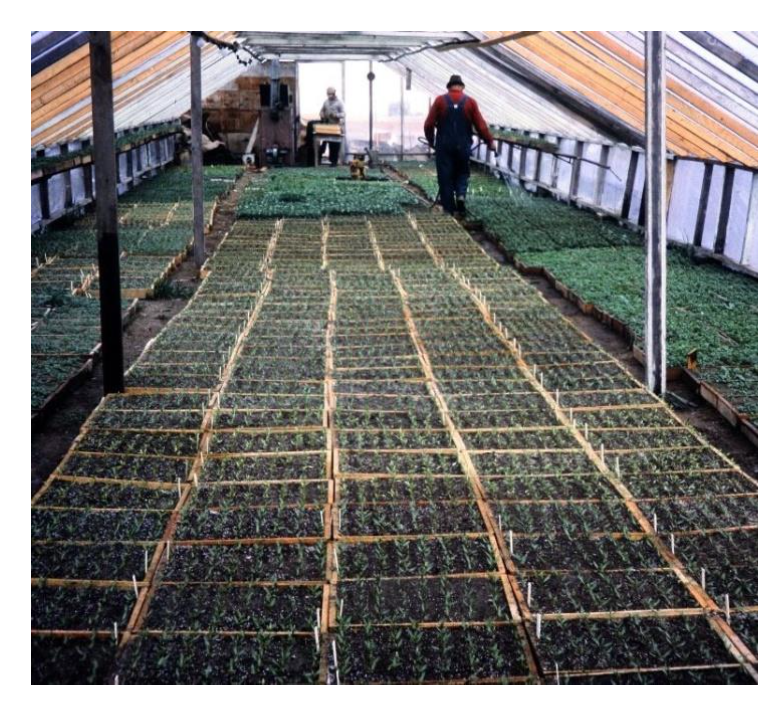
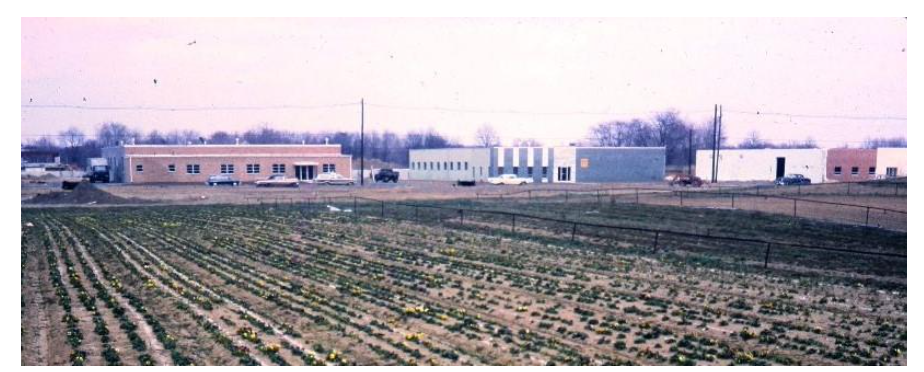
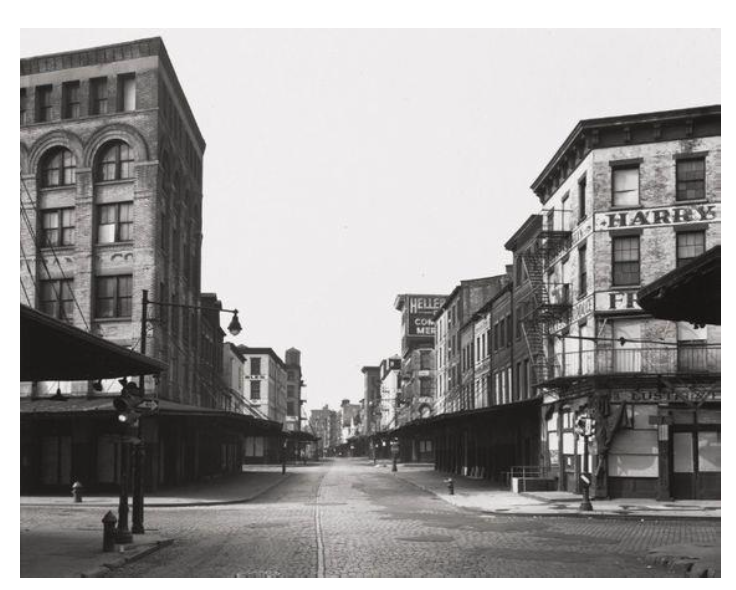
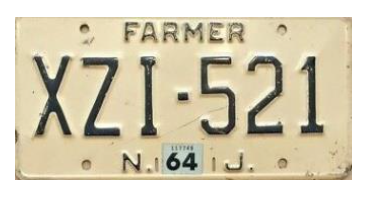
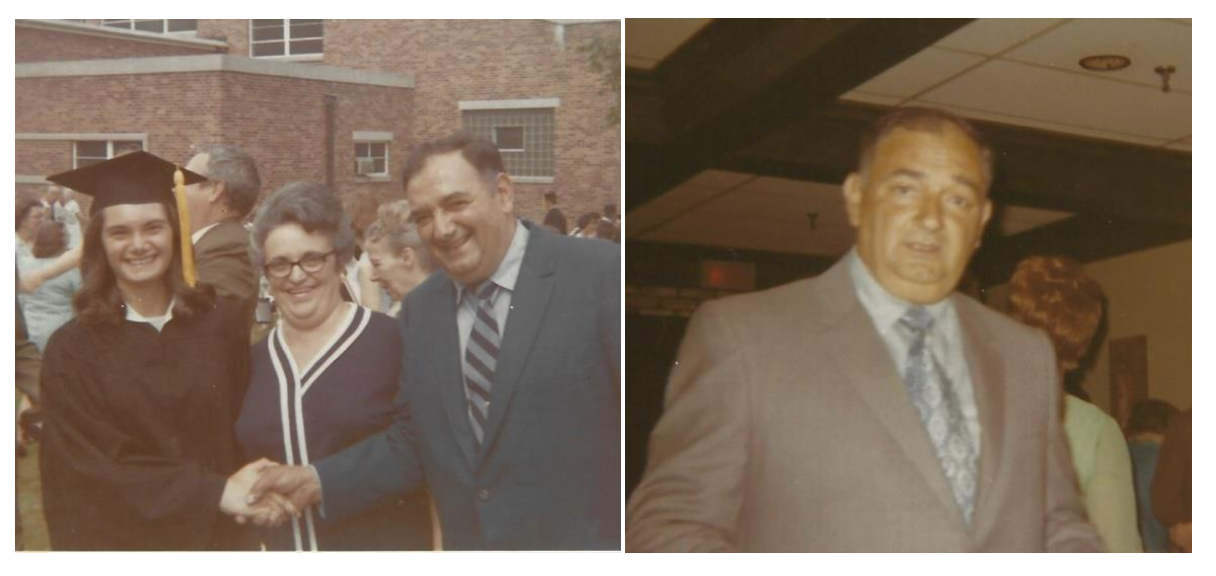
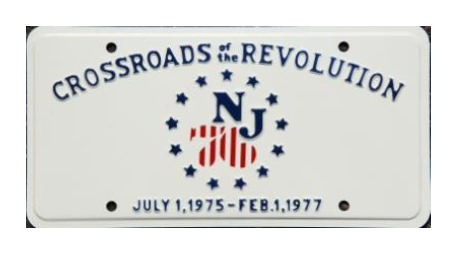


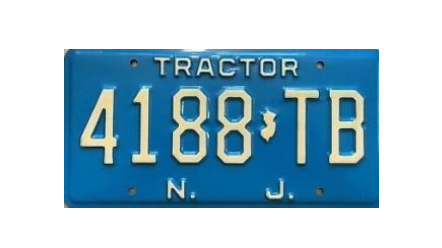
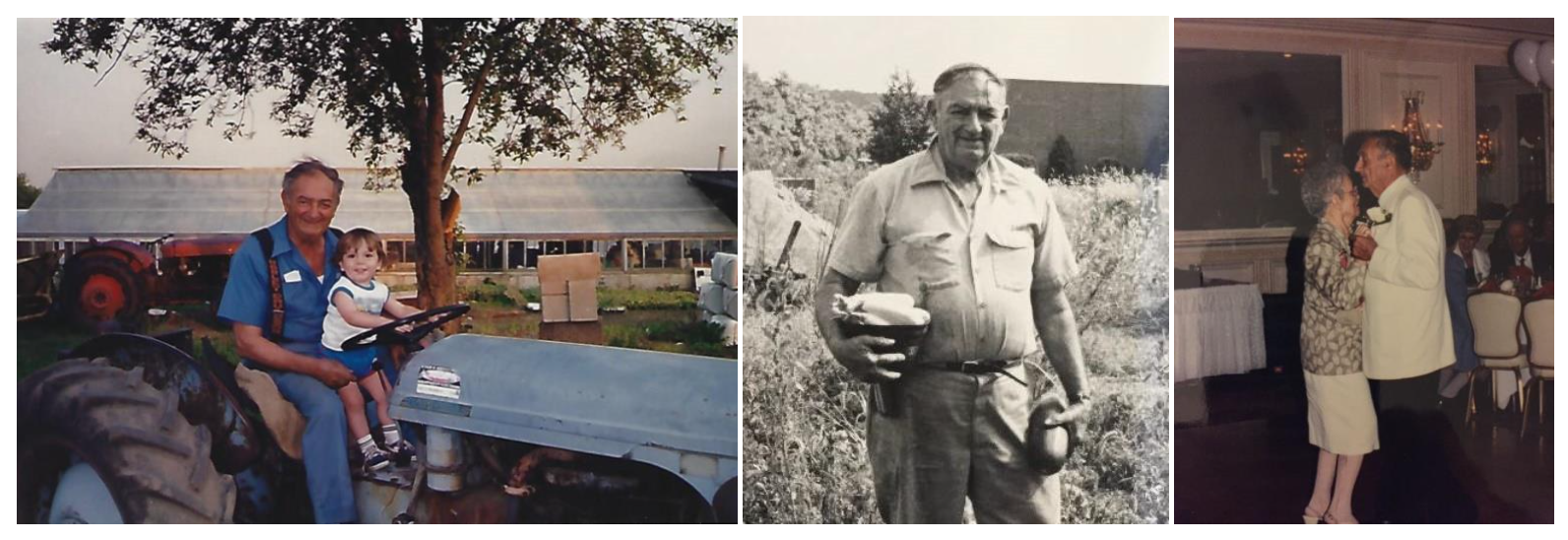
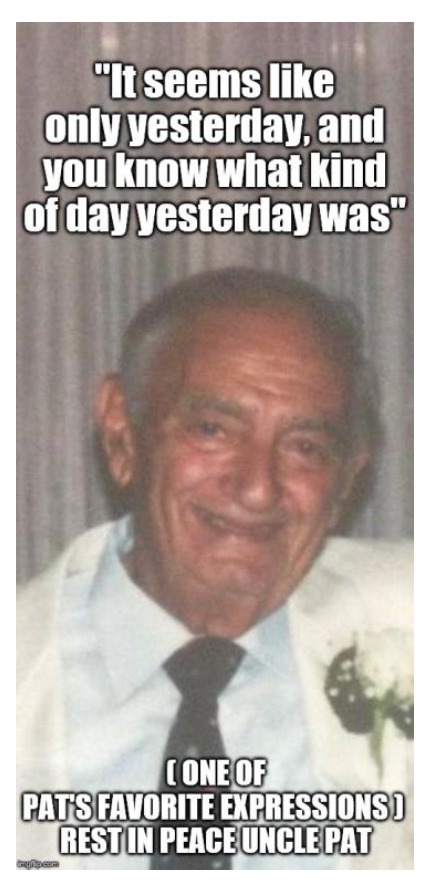
 RSS Feed
RSS Feed